Archaeology as a Profession- Part 2
Zooarchaeology or Archaeozoology
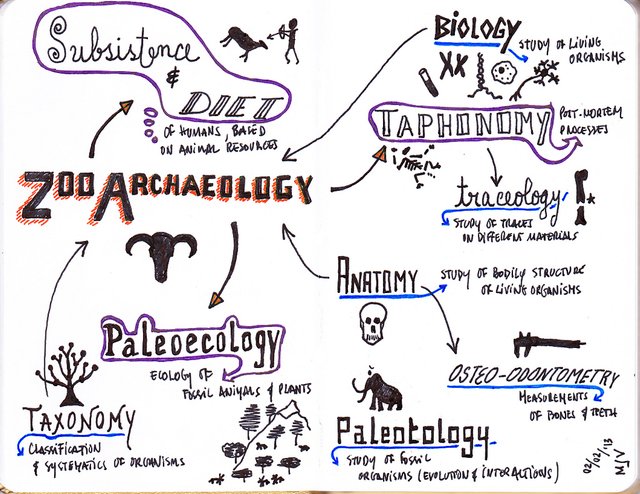
Zooarchaeologists are interested in the recovery, identification, and analysis of animal remains from archaeological sites. In addition to a solid archaeological background knowledge of both Anthropology and biology is important for a balanced approach to Zooarchaeology. This discipline requires exchange among biological, paleontological, archaeological and ethnographic research.

The development of Zooarchaeology owes much to an awareness of the importance both of ecological relationships on human behaviour and the human impact on the environmental evolution and the impact of humans on the landscape from the perspective of animals. More recently anthropological interests in nutrition, resource use, economies and other aspects of human behaviour have joined the field. Despite its diverse, interdisciplinary nature, zooarchaeology has three common research themes methodology, continuity and change in human societies and biological relationships.
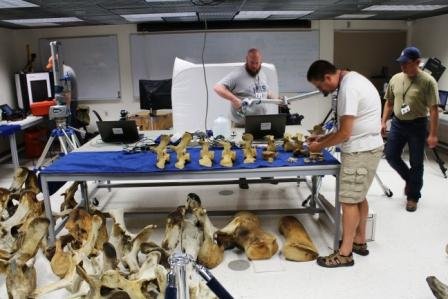
Developments in zooarchaeology over the past 30 years have transformed our knowledge of the associations between animals, people and other aspects of the environment. The field has grown from one in which a few biologists provided occassional identification services to one with full time specialists participating as regular members of interdisciplinary archaeological projects. Progress is being made on all levels, from improved comprehension of site formation processes to increased sophistication in research questions.
Industrial Archaeology
The economies of many societies have been transformed during the last two centuries from predominately rural to industrial. Industrial archaeology applies itself to the study of these transformations, not only concerning technology, but also human behaviour,.The pursuit of industrial archaeology is still sufficiently new for its aims and methods not to be clearly defined. However, like other archaeologies it encompasses much more than just excavation.
Industrial Archaeology
In the simplest form Industrial Archaeology focuses on sites and objects of heavy industry such as mining, logging and power generation. More specifically, research in this sub-discipline aims to enhance our knowledge of the complex relationships that link cultural elements and these industrial advances. It also prompts us to greater understanding of mechanisms that produce change in those relationships.
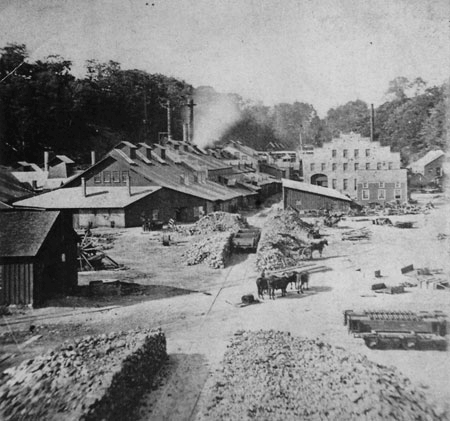
At the present, its main concern is the detailed recording and understanding of the physical remains of our recent past. These include factories, mills mines, domestic and public architecture, machinery and equipment as well as communication systems such as canals, roads and railways. The intention is create awareness of immediate past which shaped our present. To build a complete picture of this past, the industrial archaeologist may make use of many other fields such as Geography, Social and Economic history, Sociology and Anthropology. At first industrial archaeology was created in Northwestern Europe and North America, but since extended to cover most of the developed and developing countries in the world.
Underwater Archaeology
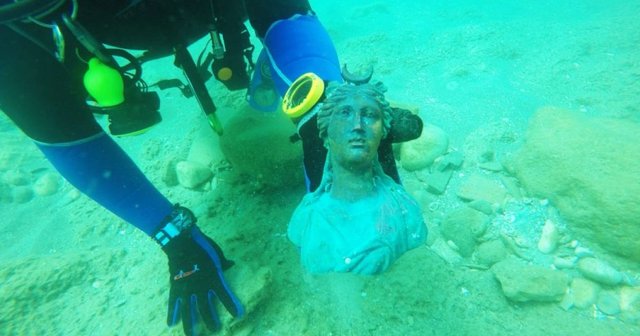
Underwater archaeology is the study of sites and ancient shipwrecks on the sea floor and lake bottoms as well as associated structures on land such as lighthouses. Archaeologists specializing in this field now have an array of professional techniques for recording and excavating these underwater sites.Although the principles applied to underwater archaeology are, in theory, exactly the same applied on land, the environment imposes obvious restrictions. Despite the difficulties, there some advantages in working underwater. Excavation is often easy, involving no tools, but gentle fanning movement by the hand. The sediments displaced in this way can be removed with low-power dredge or a large-bore airlift. Stones can be carried away with the aid of airlifting bags.
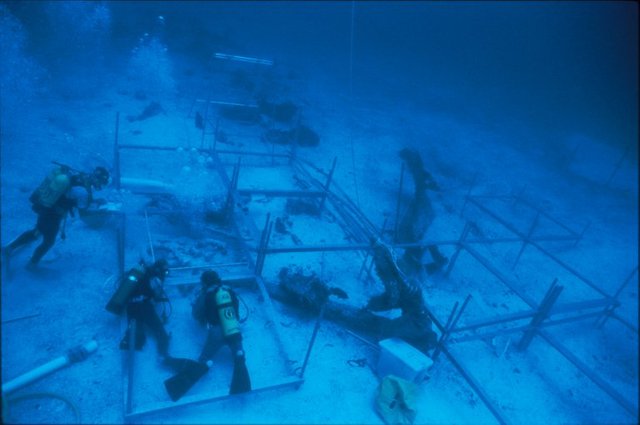
From the archaeological point of view underwater sites have the added attraction of preserving many materials that would have perished at most land based sites. This level of preservation assists the archaeological objectives of reconstruction and interpretation of past cultures and scientific study, through material remains, of all aspects of ancient human endeavour. Some modern underwater excavations, such as the Bronze Age Uluburun ship off southern Turkey and the Kyrenia ship from northern Cyprus, are superb examples of scientific archaeology.
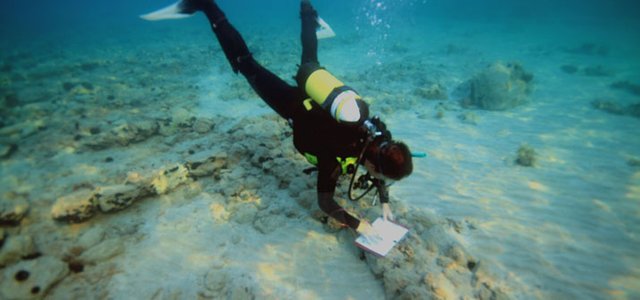
Underwater archaeology does not only relate only to seafaring. Many settlements in Neolithic Europe were built near lakes. Often the water level has risen, subsequently submerging the buildings and protecting them from biological decay.

At the site in the Palardu lake in France a remarkable range of undisturbed material was preserved, giving a fascinating insight into the life of the little village. Furthermore, not all underwater archaeology involves diving. When five Viking vessels were discovered in Roskilde Fjord, Norway, a special walled dam was built around them from which the water was pumped to enable archaeologists to record and recover the vessels. During the process a sprinkler system was activated in order to prevent the wood from drying out and developing cracks.
It said that there is more than $90 Billion worth of Treasure still to be found in the Oceans, maybe you could be the next lucky person to discover a lost underwater treasure....
Please Follow Me for Posts on Archaeology and History.
Please check out my other posts:
Archaeology as a Profession- Part 1
To Become or Not Become an Archaeologist? - Introduction to Archaeology Part 2
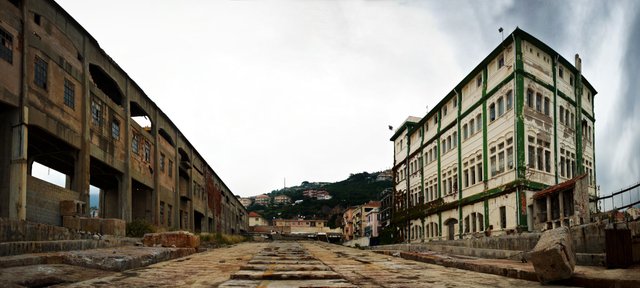
please reference the sources of the images you used and please cite all your sources to avoid suspicion of plagiarism and copyright infringement.
Awesome post. I'm a history fanatic and didn't know half information in the article. For instance Zooarchaeology, the study of animal remains from archaeological sites, makes sense now that I think about. And it is amazing there is an estimated 90 billion in treasure in the oceans. Great work. keep it up. enjoyed!!!
I learned a bunch from this. Well done. You're the Best of Steemit for Tuesday!
Another great article!
I am fascinated by the past and I especially like the underwater stuff.
I bet there is so much stuff under water just waiting to be discovered and add to our knowledge of the past!
Splendid!
....upvoted and resteemed
@araksha got you a $0.75 @minnowbooster upgoat, nice! (Image: pixabay.com)
Want a boost? Click here to read more!